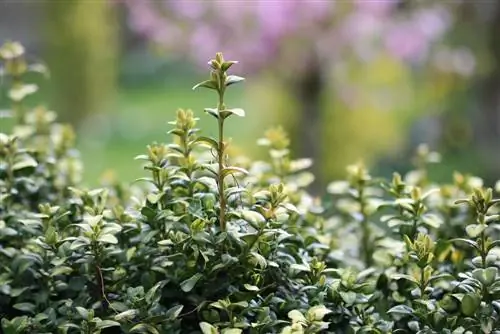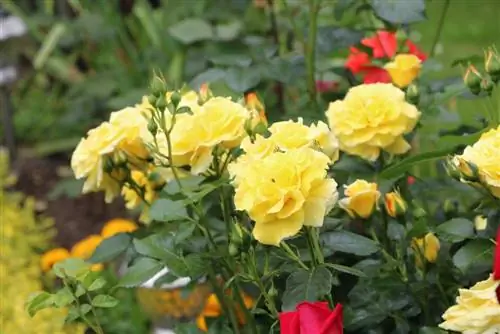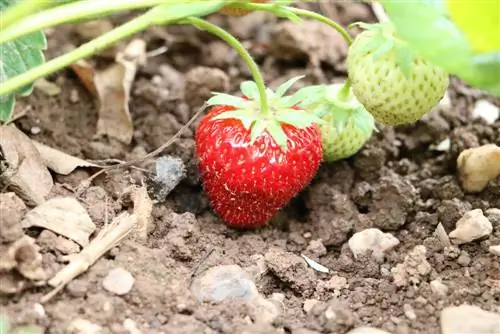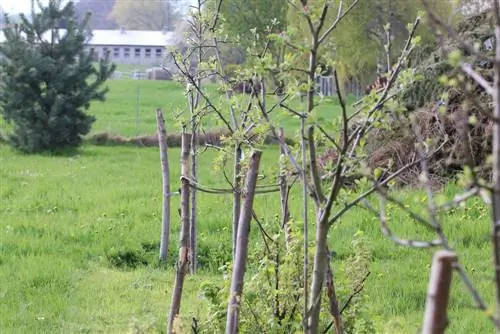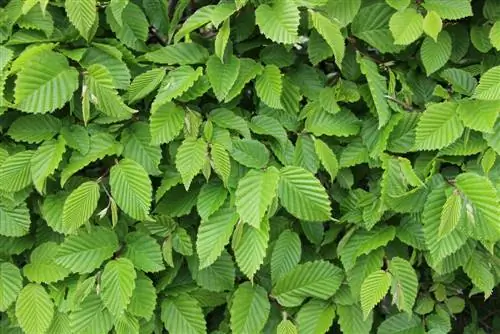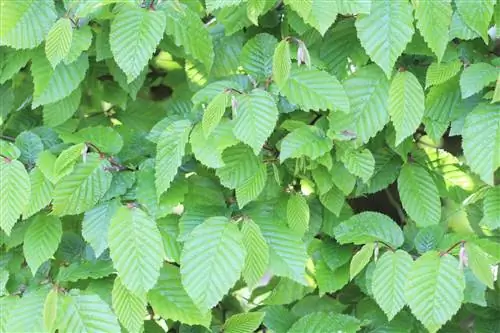- Author admin [email protected].
- Public 2023-12-17 03:39.
- Last modified 2025-01-24 12:45.
The popularity of hedge plants is due, on the one hand, to the huge selection of plants and, on the other hand, to their flexible use and design options. Hedge plants are divided into different categories, which differ depending on the type of plant, their requirements for location, soil and habitat and, last but not least, the correct planting time. The latter depends on factors such as plant or root quality, the plant species and the weather conditions, which have a significant influence on the growth and further development of the plants.
Planting time according to plant qualities
In principle, hedges can be planted in spring and autumn, the ground is frost-free and the plants have enough time to root well in the ground until winter. Midsummer is completely unsuitable for planting. It is therefore recommended that the planting times be based on the respective plant qualities such as container goods, bare-rooted or balled goods.
Containerware
There is no best time to plant container goods, they can be planted all year round provided the soil is frost-free. This particularly long and flexible planting period is due to the fact that container plants are grown in the pot by offering them. They are well rooted and their roots are undamaged. This makes these plants particularly resilient and of the highest quality. Their probability of growth is almost 100%.
Even though container plants can generally be planted all year round, planting in spring is usually recommended. This has the advantage that the plants grow in size more quickly compared to baled and bare-rooted products. It is generally not advisable to plant in mid-summer, as evaporation from leaves and needles is particularly high during this time due to the weather and, as a result, the initial care effort is also high.
Root bare goods
Bare-rooted trees are usually only offered with deciduous trees. As a result, they are only available in stores during the leafless period, around the end of October to the beginning of November and around mid-April. They should be planted exactly during this frost-free period.
- Bare root product offered without soil balls, roots are practically naked
- Because of this, the planting period is very limited
- Plants can only store very little water
- Plant accordingly as soon as possible after purchase
- Best planting time is in autumn
- Planting in the cooler season protects roots from drying out
- It is better to plant frost-sensitive plants in spring
- So they can grow well until winter
Tip:
Prolonged storage is not recommended. If it is nevertheless unavoidable, you should ensure that bare-root plants are never stored unprotected from sun and wind and only for a short time. The roots should always be kept moist and not allowed to dry out.
Bale goods
In contrast to bare-root plants, so-called baled goods are offered with balls of earth that are tied into a fleece or bale cloth to prevent them from falling apart. For larger plants, the bale is also equipped with a wire mesh or a wire basket. These qualities have the advantage that the plants are supplied with nutrients for a certain period of time and therefore do not have to be planted immediately after purchase.
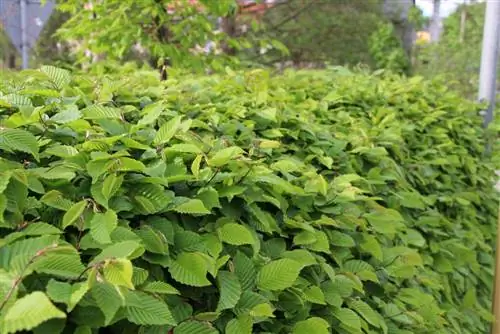
They can easily be stored for a few more days as long as they are provided with enough water for the duration of storage. Baled goods are usually available in spring and autumn and should be planted exactly then. The best time to plant is always when the main growth phase is complete, i.e. between the end of September and April/May. In exceptional cases, if the weather is cool, you can still plant in June or July if necessary.
Tip:
Planting after May always involves a certain risk, because the new shoots or the fresh leaves need a lot of water, which costs the plant the energy it actually needs to grow.
Planting time by plant type
Evergreen hedges
The best time to plant hedge plants is influenced not only by the plant qualities, but also by whether they are evergreen or deciduous species. Coniferous trees are also very popular as hedge plants. They are a subspecies of evergreen plants.
- It is best to plant evergreen deciduous hedges between mid-September and mid-November
- The earlier you plant, the better they will survive the winter
- Soil is still quite warm in September, so hedge plants root better
- If planting in autumn, water on frost-free days in winter too
- Even in winter, these plants evaporate a lot of water through their leaves
- Evergreen, slightly frost-sensitive shrubs should preferably be planted in spring
- These include, for example, rhododendron and cherry laurel
- Planting time for conifers in autumn and spring
- In autumn between September and November, in spring from March to April
The different planting times in autumn and spring have a decisive advantage for the respective plant species. If planted in autumn, the plants can root well in the ground until winter and if planted in spring, they can root well in the ground before the dry period. On the other hand, planting in midsummer and winter is always discouraged.
The most popular evergreen hedge plants include false cypress, arborvitae, cherry laurel, yew, boxwood, loquat, red and hornbeam and field maple. Holly and firethorn also score points with striking berry decorations in autumn.
Deciduous, deciduous hedges
Deciduous or summer-green hedges give the garden a special charm all year round. In spring with fresh leaf shoots, in summer with dense foliage and/or flowers and in autumn with colorful foliage and, depending on the plant species, bright berry decorations. Since deciduous hedge trees are usually bare-root plants, the best time to plant, as already mentioned, is during the frost-free period from October to November or from March to April.
Tip:
Before planting, it is advisable to trim or shorten both the roots and the shoots. This stimulates root growth and better branching. Don't forget to water after planting.
Observe legal regulations
Regardless of the right time to plant, the legal regulations should be taken into account when planting a hedge in order to avoid trouble and disputes with neighbors or authorities. The main focus is on maintaining minimum distances from neighboring private or public properties. In some cases, hedges may not exceed a certain size.
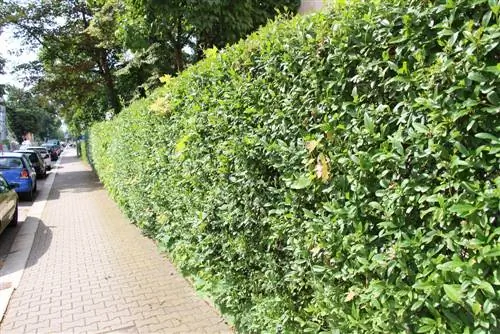
Exact information on the relevant regulations, including regarding border distances, can be obtained from the responsible city administrations or communities. It is best to create a planting plan that complies with current regulations before purchasing plants. This should take into account, among other things, the growth characteristics of the respective plant species, annual growth and possible competition with neighboring plants.
Conclusion
Basically, the best time to plant a hedge depends on the time of year and the nature or quality of the plants. It is usually recommended that fall planting be preferred over spring planting, especially for evergreen plants. An exception are species that are more sensitive to frost and should be planted in spring. To ensure that the hedge can develop without restrictions, you should definitely observe the official regulations regarding boundary distances to neighboring properties. This is the only way to avoid trouble with neighbors and authorities.

